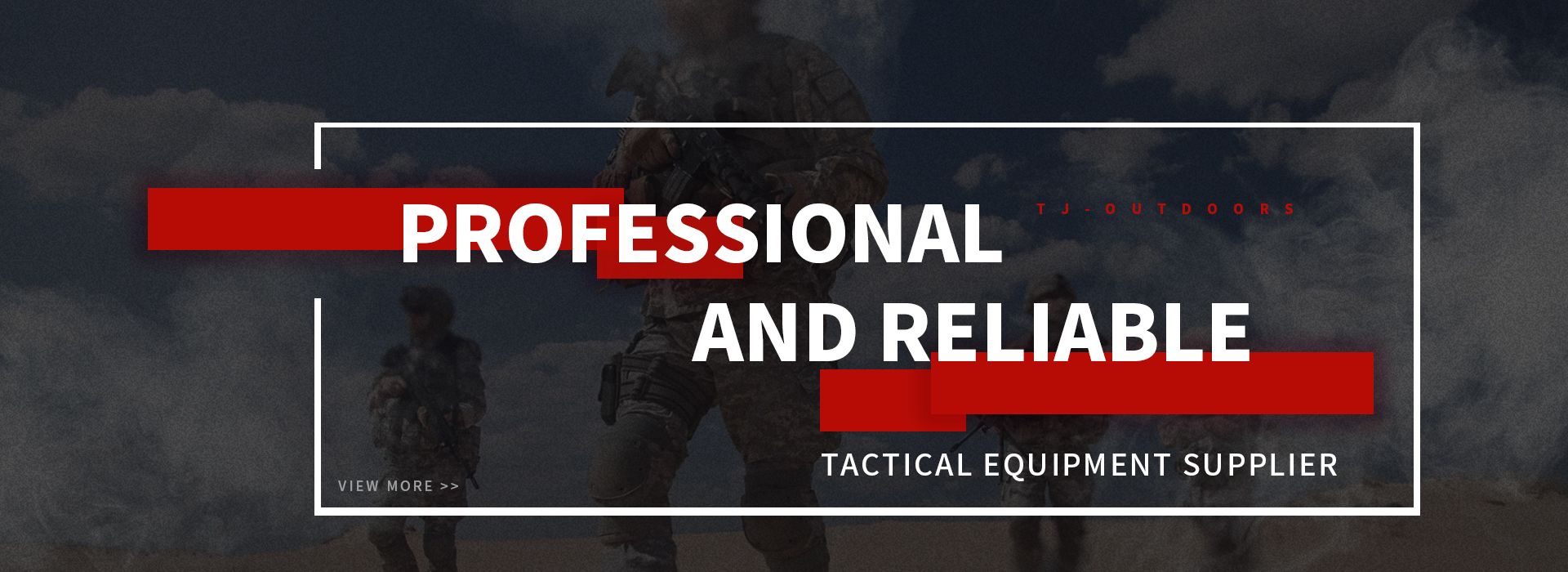The Importance of Bulletproof Vests and Global Standards
By : TJ-OUTDOORS 2024-06-20Bulletproof vests are a critical component of modern personal protective equipment, widely used in law enforcement, military, and private security sectors. Designed to protect wearers from ballistic threats, these vests significantly enhance survival rates and mission confidence. This document explores the importance of bulletproof vests, major global standards and their recommended applications, and the varying needs for different uses and protection levels.
The Importance of Bulletproof Vests
Bulletproof vests play a crucial role in contemporary society, particularly in law enforcement, military, and personal security. The significance of bulletproof vests is highlighted by the following factors:
Increased Survival Rates
Bulletproof vests effectively shield wearers from bullets and explosive fragments, significantly increasing their chances of survival. In today's world, where terrorism, armed conflicts, and criminal activities are prevalent, the importance of bulletproof vests is even more pronounced.
Enhanced Confidence
The security provided by bulletproof vests enables law enforcement officers and military personnel to carry out their duties with greater confidence, leading to more effective task execution.
Legal and Duty Requirements
In certain countries and regions, wearing bulletproof vests has become a legal requirement for law enforcement and military personnel, serving as a crucial measure for fulfilling their duties and ensuring self-protection.
Maintenance of Social Stability
The widespread use of bulletproof vests can reduce casualties to a certain extent, thereby contributing to social stability and safety.
Global Standards for Bulletproof Levels
Different countries and regions adopt various standards for bulletproof vests, categorizing them into multiple levels based on their protective capabilities. Bulletproof vests are essential personal protective equipment used in law enforcement, military, and private security sectors to protect against ballistic threats. These vests enhance survival rates and confidence in missions by shielding wearers from bullets and explosive fragments. Various global standards, including the NIJ in the US, CEN 1063 in Europe, GOST in Russia, GA 141-2010 in China, and STANAG 4569 in NATO countries, categorize vests into levels based on their protective capabilities. These standards ensure appropriate protection for different threat environments, from low-risk scenarios like patrol duties to high-risk military operations requiring maximum protection against armor-piercing rounds. Understanding these standards is crucial for selecting the right vest to ensure optimal safety and performance.
The following are the primary global standards for bulletproof vests and their recommended applications.
United States - NIJ Standards
National Institute of Justice (NIJ) Standards:
Level | Protection | Threat Type | Suitable Weapons | Use Cases |
IIA | Protects against 9mm FMJ RN bullets (velocity ~373 m/s) and .40 S&W FMJ bullets (velocity ~352 m/s) | Low-velocity handgun rounds | 9mm handguns (e.g., Glock 17), .40 S&W handguns | Suitable for low-risk environments, offering lightweight and flexible protection for patrol officers and private security |
II | Protects against 9mm FMJ RN bullets (velocity ~398 m/s) and .357 Magnum JSP bullets (velocity ~436 m/s) | Medium-velocity handgun rounds | 9mm handguns (e.g., Beretta M9), .357 Magnum revolvers | Commonly used by police officers, offering a balance of protection and comfort |
IIIA | Protects against .357 SIG FMJ FN bullets (velocity ~448 m/s) and .44 Magnum SJHP bullets (velocity ~436 m/s) | High-velocity handgun rounds | .357 SIG handguns (e.g., SIG Sauer P229), .44 Magnum revolvers | Ideal for high-risk law enforcement operations, providing protection against powerful handgun rounds |
III | Protects against 7.62mm FMJ bullets (velocity ~847 m/s) | Rifle rounds | AK-47, M14 rifles | Suitable for military use, requiring hard armor plates for added protection against rifle threats |
IV | Protects against .30-06 M2 AP bullets (velocity ~878 m/s) | Armor-piercing rifle rounds | M1 Garand rifles using .30-06 AP bullets | Provides the highest level of protection, used in extreme combat situations and by military personnel |
Europe - CEN 1063 Standards
CEN 1063 Standards:
Protection | Threat Type | Suitable Weapons | Use Cases | |
BR1 | Protects against 9×18mm Makarov bullets | Low-velocity handgun rounds | 9×18mm Makarov handguns | Suitable for low-risk environments, offering basic protection |
BR2 | Protects against 9×21mm Gyurza bullets | Medium-velocity handgun rounds | 9×21mm Gyurza handguns | Enhanced protection for security personnel in medium-threat environments |
BR3 | Protects against 9×19mm Parabellum bullets | Standard handgun rounds | 9×19mm handguns (e.g., Glock 17) | Commonly used by police and security forces, providing standard handgun protection |
BR4 | Protects against 5.45×39mm and 7.62×39mm bullets | Intermediate rifle rounds | AK-74, AK-47 rifles | Suitable for military and high-risk law enforcement, providing protection against common rifle threats |
BR5 | Protects against 7.62×54mmR bullets | High-velocity rifle rounds | SVD sniper rifles | Suitable for higher-risk environments, providing advanced protection against sniper and high-powered rifle threats |
BR6 | Protects against 12.7×108mm armor-piercing incendiary bullets | Large-caliber armor-piercing rounds | Heavy machine guns | Provides the highest level of protection, used in extreme risk environments such as military combat zones |
Russia - GOST Standards
GOST Standards:
Class | Protection | Threat Type | Suitable Weapons | Use Cases |
1 | Protects against 9×18mm Makarov bullets | Low-velocity handgun rounds | 9×18mm Makarov handguns | Suitable for low-threat environments, providing basic protection for security personnel and civilians |
2 | Protects against 5.45×18mm and 7.62×25mm Tokarev bullets | Medium-velocity handgun rounds | 5.45×18mm handguns, 7.62×25mm Tokarev handguns | Enhanced protection for security forces and law enforcement in medium-threat environments |
3 | Protects against 5.45×39mm and 7.62×39mm bullets | Intermediate rifle rounds | AK-74, AK-47 rifles | Commonly used by military personnel, providing protection against common rifle threats |
4 | Protects against 5.45×39mm armor-piercing bullets | Armor-piercing rifle rounds | AK-74 rifles with armor-piercing rounds | Suitable for high-threat environments where armor-piercing ammunition is a concern |
5 | Protects against 7.62×54mmR and 7.62×39mm armor-piercing bullets | High-velocity armor-piercing rounds | SVD sniper rifles, AK-47 rifles with armor-piercing rounds | Suitable for extreme threat environments, offering advanced protection against sniper and high-powered rifle threats |
6 | Protects against 7.62×54mmR high-performance armor-piercing bullets | High-performance armor-piercing rounds | SVD sniper rifles with high-performance armor-piercing rounds | Provides the highest level of protection for military personnel in extreme combat situations |
China - GA 141-2010 Standards
GA 141-2010 Standards:
Level | Protection | Threat Type | Suitable Weapons | Use Cases |
GA 1 | Protects against 7.62mm steel-core handgun bullets (e.g., 79式冲锋枪) | Handgun rounds | 7.62×25mm bullets | Suitable for low-threat environments, providing basic protection for security personnel and civilians |
GA 2 | Protects against 7.62mm standard rifle bullets (e.g., 56式冲锋枪) | Rifle rounds | 7.62×39mm bullets | Commonly used by police and military personnel, offering protection against standard rifle threats |
GA 3 | Protects against 7.62mm steel-core rifle bullets (e.g., 56式步枪) | Steel-core rifle rounds | 7.62×39mm steel-core bullets | Enhanced protection for military personnel in high-threat environments |
GA 4 | Protects against 7.62mm armor-piercing bullets | Armor-piercing rifle rounds | 7.62×39mm armor-piercing bullets | Suitable for environments where armor-piercing ammunition is a concern |
GA 5 | Protects against 7.62mm steel-core armor-piercing bullets (e.g., 53式步枪) | High-velocity armor-piercing rounds | 7.62×54mmR steel-core armor-piercing bullets | Suitable for extreme threat environments, providing advanced protection against sniper and high-powered rifle threats |
GA 6 | Protects against 7.62mm high-performance armor-piercing bullets (e.g., 7.62×54mmR穿甲燃烧弹) | High-performance armor-piercing rounds | 7.62×54mmR high-performance armor-piercing bullets | Provides the highest level of protection for military personnel in extreme combat situations |
NATO - STANAG 4569 Standards
STANAG 4569 Standards:
Level | Protection | Threat Type | Suitable Weapons | Use Cases |
1 | Protects against 7.62×51mm NATO Ball (M80) bullets, 30 meters | Standard rifle rounds | 7.62×51mm NATO rifles (e.g., FN FAL) | Suitable for low to medium-threat environments, offering basic protection for military personnel and vehicles |
2 | Protects against 7.62×39mm API BZ bullets, 30 meters | Armor-piercing rifle rounds | 7.62×39mm rifles (e.g., AK-47) | Enhanced protection for vehicles and personnel in medium to high-threat environments |
3 | Protects against 7.62×51mm AP (WC core) bullets, 30 meters | Armor-piercing rifle rounds | 7.62×51mm AP rifles (e.g., M14) | Suitable for high-threat environments, offering advanced protection for military personnel and vehicles |
4 | Protects against 14.5×114mm AP/B32 bullets, 200 meters | Large-caliber armor-piercing rounds | 14.5×114mm heavy machine guns | Provides extreme protection for military vehicles and personnel in high-risk combat zones |
5 | Protects against 25mm APDS-T (M791) bullets, 500 meters | High-velocity armor-piercing rounds | 25mm automatic cannons (e.g., M791 APDS-T) | Offers the highest level of protection, suitable for military vehicles and personnel in extreme threat environments |
Overview of Different Uses and Protection Level Requirements
Law Enforcement
Low-Threat Environments
Patrol officers often require lightweight and flexible bulletproof vests to handle occasional low-threat incidents. These vests typically have lower protection levels, such as NIJ Level IIA or Level II.
High-Threat Environments
Special forces, like SWAT teams, require vests that can withstand higher ballistic threats during high-risk operations. These vests need higher protection levels, such as NIJ Level IIIA.
Military Uses
Regular Combat
Military personnel in combat zones need robust and durable bulletproof vests to protect against rifle rounds and explosive fragments. These vests usually offer medium to high levels of protection, such as NIJ Level III or Level IV.
Special Operations
Special forces undertaking extremely high-risk missions require the highest level of bulletproof vests to ensure survival in extreme conditions. These vests must protect against armor-piercing rounds while maintaining good mobility and comfort.
Private Security and Personal Protection
Low-Risk Environments
Private security guards or individuals needing personal protection typically require vests for occasional low-threat incidents, such as armed robbery. These vests usually have lower protection levels to ensure comfort and convenience.
Medium to High-Risk Environments
Some high-risk professions or high-threat individuals may need higher-level bulletproof vests to counter potential medium to high-risk threats.
Modern Bulletproof Materials and Technologies
In modern bulletproof technology, several key materials are renowned for their exceptional protective performance. Below is a detailed introduction to Kevlar, ceramic materials, and Ultra-High-Molecular-Weight Polyethylene (UHMW-PE).
1. Kevlar
Kevlar is a high-performance synthetic fiber developed by DuPont in the 1960s. It is celebrated for its exceptional strength-to-weight ratio and superior tensile strength.
- Characteristics: Kevlar fibers have high strength, heat resistance, and chemical resistance. It offers a protective layer that is light and strong, efficiently diffusing the impact of a bullet.
- Applications: Kevlar is typically woven into multiple layers of fabric and is widely used in bulletproof vests and helmets, providing reliable protection.
2. Ceramic Materials
Ceramic materials, such as alumina, silicon carbide, and boron carbide, are ideal for protecting against high-threat rifle ammunition due to their high hardness and low density.
- Characteristics: Ceramic materials can disrupt the shape and energy of a bullet, causing it to lose its penetrating power.
- Applications: Ceramic plates are usually combined with other fiber materials to create hard ballistic inserts, offering effective protection against high-threat ammunition.
3. Ultra-High-Molecular-Weight Polyethylene (UHMW-PE)
Ultra-High-Molecular-Weight Polyethylene (UHMW-PE) is an extremely tough thermoplastic, noted for its high strength and lightweight properties, making it a critical component of modern bulletproof materials.
- Characteristics: UHMW-PE fibers have excellent impact resistance and low density. They are not only strong but also buoyant.
- Applications: UHMW-PE is widely used in the manufacture of bulletproof vests, helmets, and vehicle armor. Its lightweight nature allows for high-efficiency protection while significantly reducing the weight of the equipment, enhancing the mobility and comfort of the wearer.
Conclusion
Bulletproof vests play a vital role in modern society, especially in law enforcement, military, and personal security sectors. Understanding the different standards and recommended applications for bulletproof vests in various countries and regions is crucial for selecting the appropriate protection level. Whether it is lightweight protection for low-threat environments or high-performance protection for extreme combat situations, the right bulletproof vest provides essential safety for the wearer.
Choosing the right bulletproof vest requires professional guidance and advice. Our expert team is ready to provide consultation services to help you select the most suitable vest based on your specific needs. Protect your safety by choosing our bulletproof vests, ensuring every step you take is secure.
The above references are from Wikipedia Body armor
relative Products
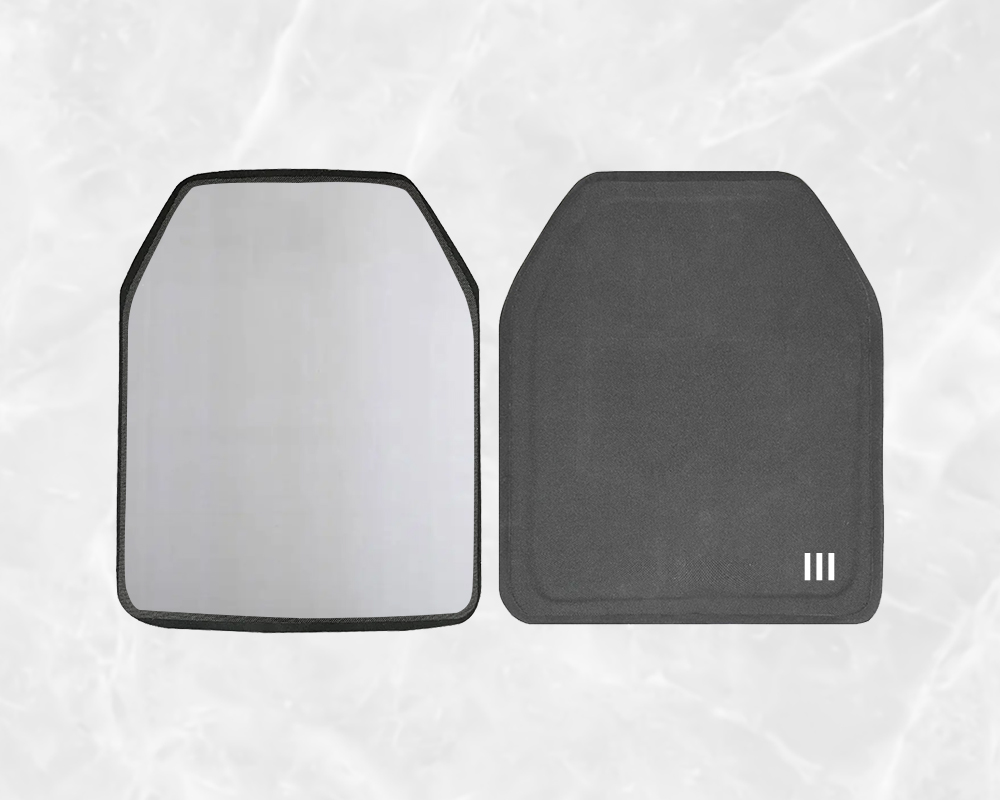 NIJ III UHMWPE bulletproof armor plate
NIJ III UHMWPE bulletproof armor plate
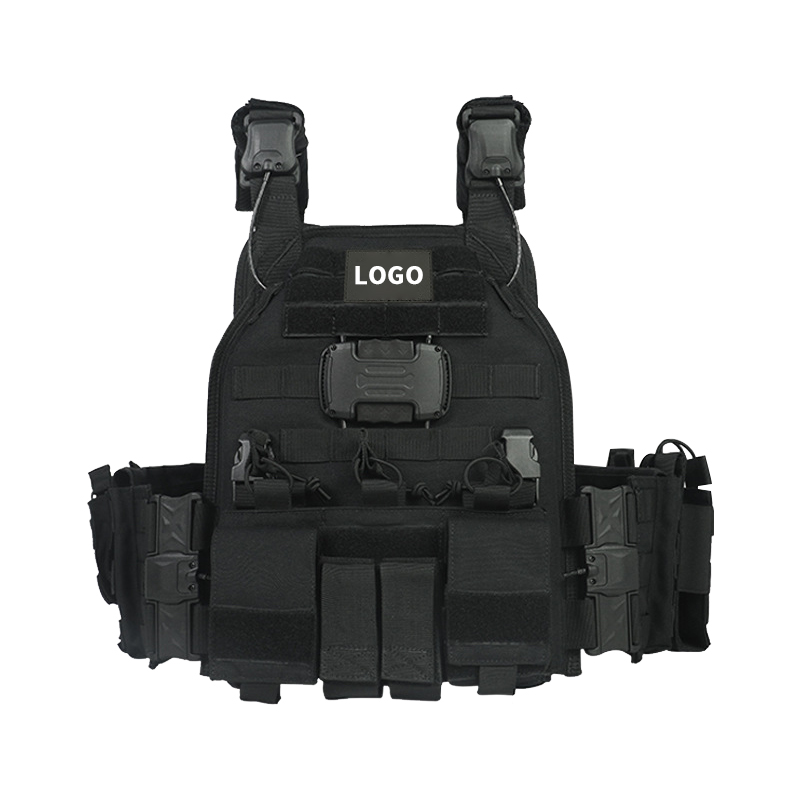 quick release system Adjustable protective equipment Hunting tactical lightweight vest
quick release system Adjustable protective equipment Hunting tactical lightweight vest
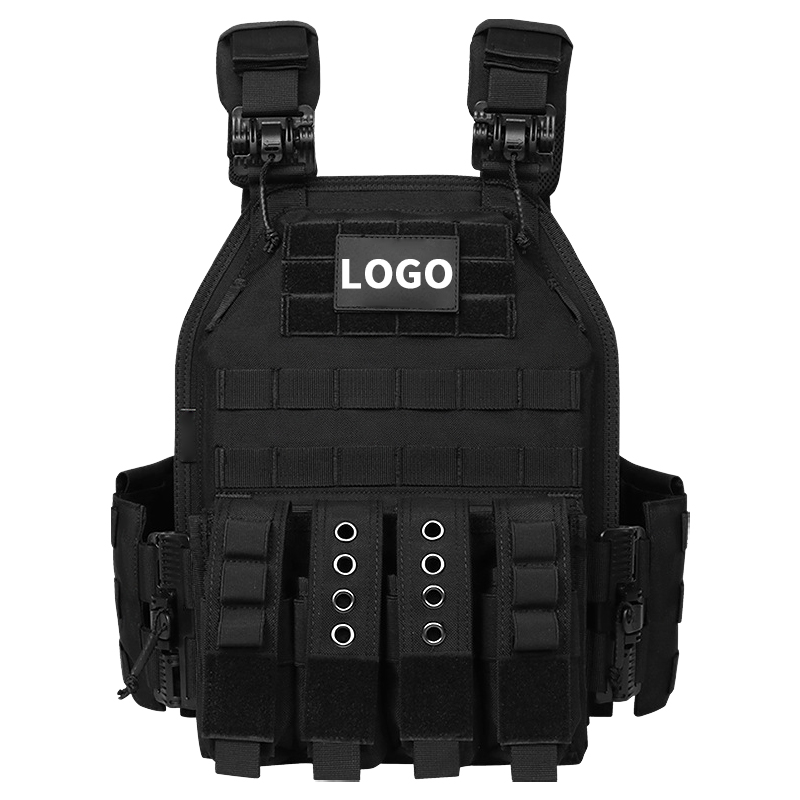 Plate Carrier Adjustable Quick release system Coyote Tactical Vest
Plate Carrier Adjustable Quick release system Coyote Tactical Vest
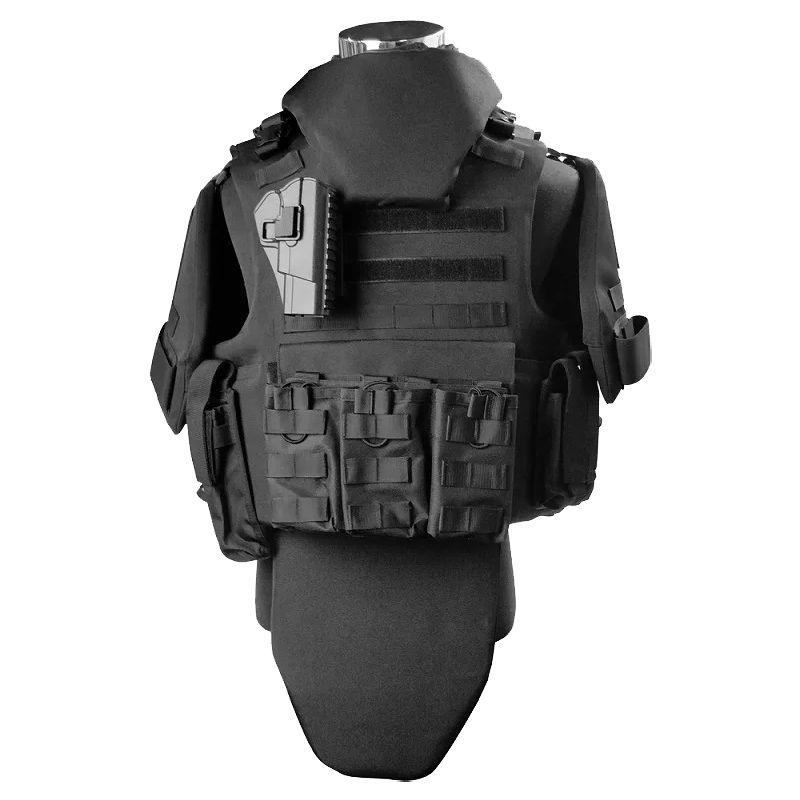 Full Protection Ud Weft Less Cloth PE Bulletproof Piece Military UHMW-PE inner Bullet-proof Vest
Full Protection Ud Weft Less Cloth PE Bulletproof Piece Military UHMW-PE inner Bullet-proof Vest
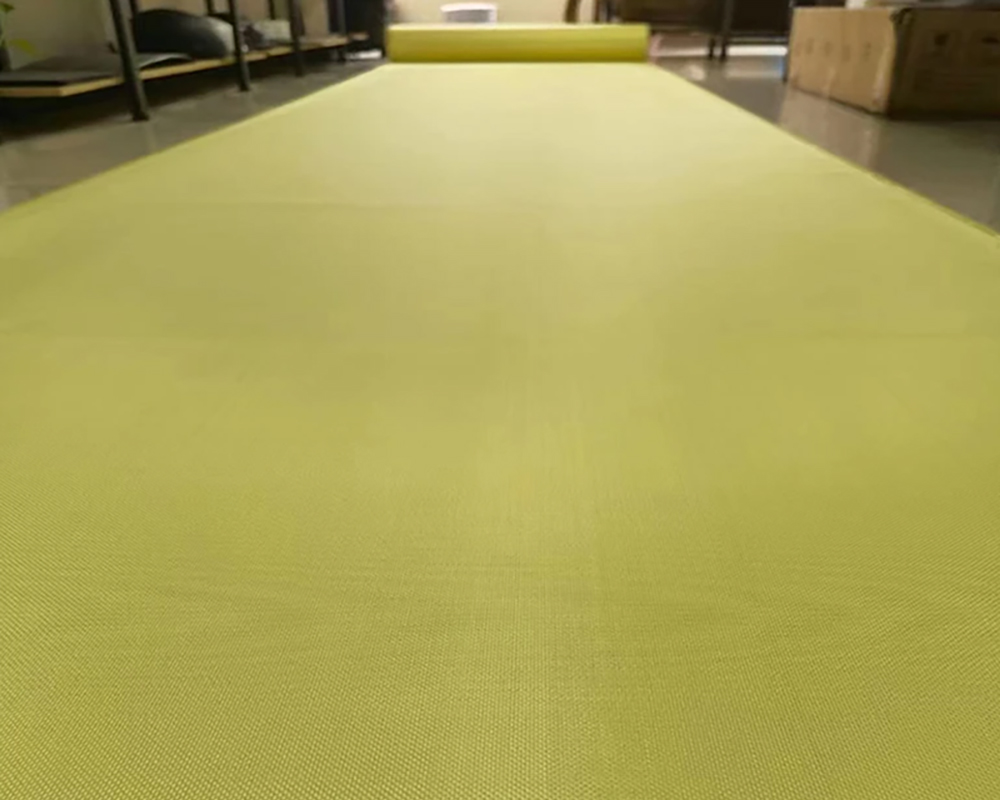 Aramid Fiber Kevlar material Bulletproof Fiber High-Strength Factory Direct Supply
Aramid Fiber Kevlar material Bulletproof Fiber High-Strength Factory Direct Supply

